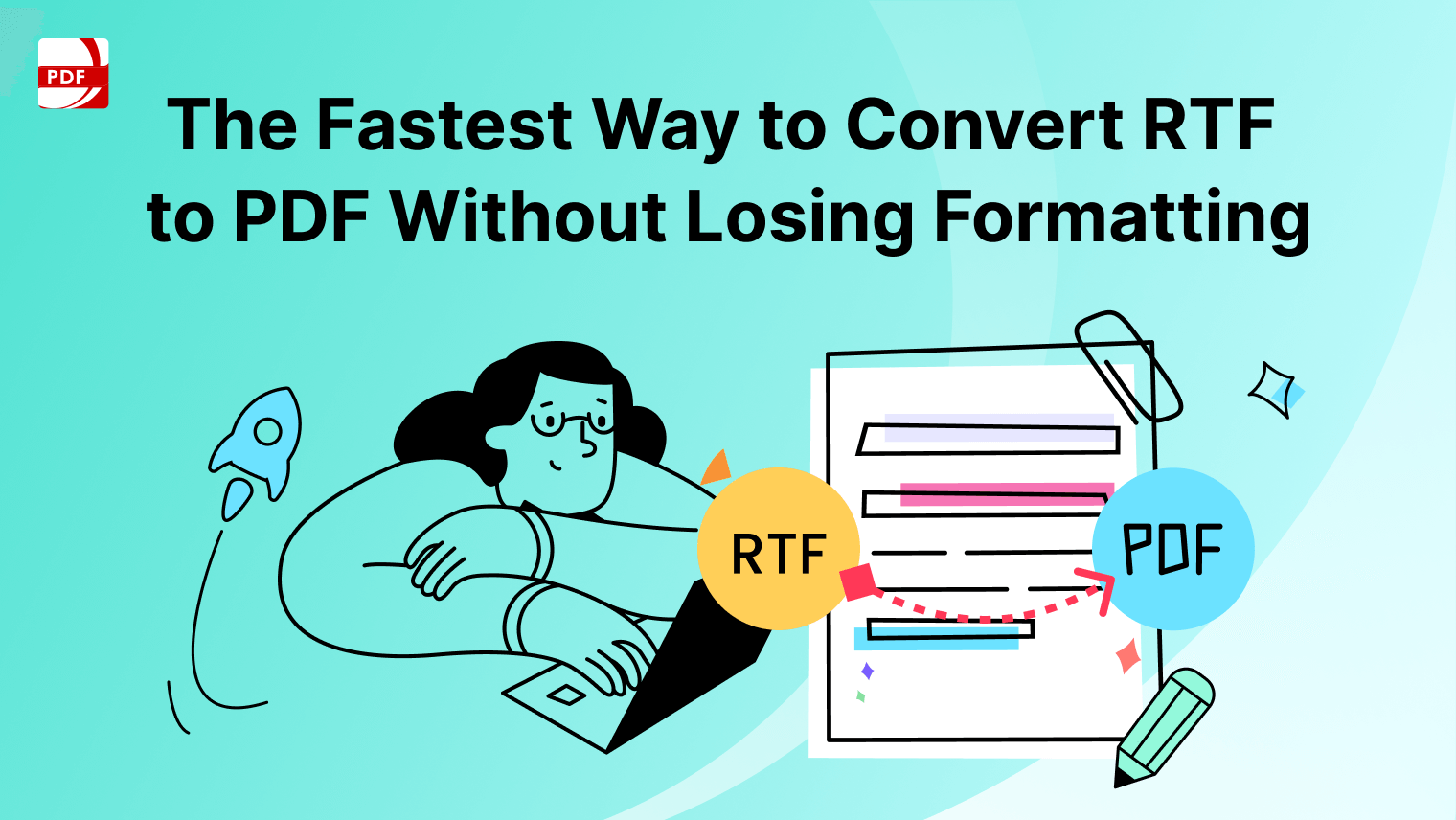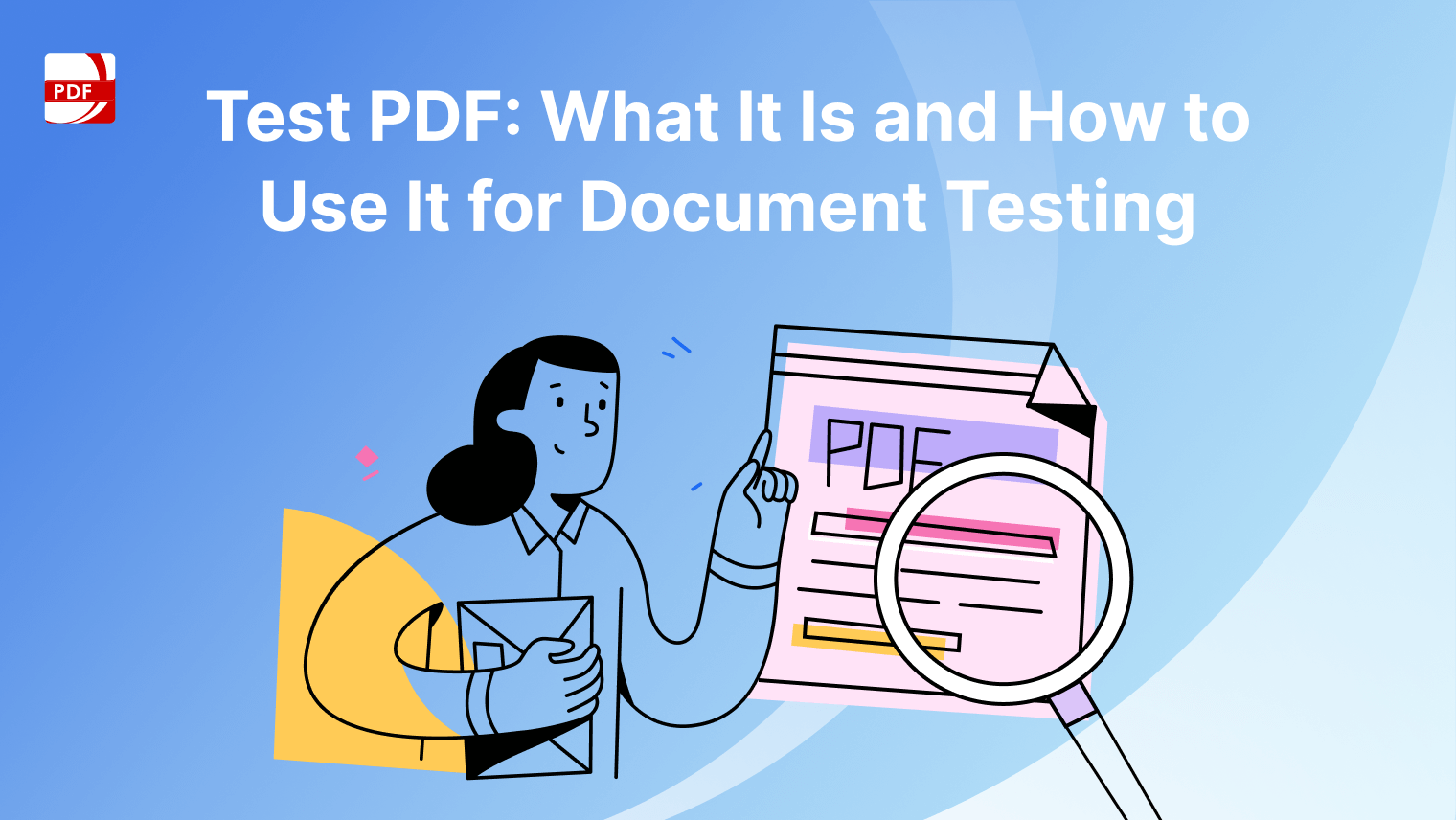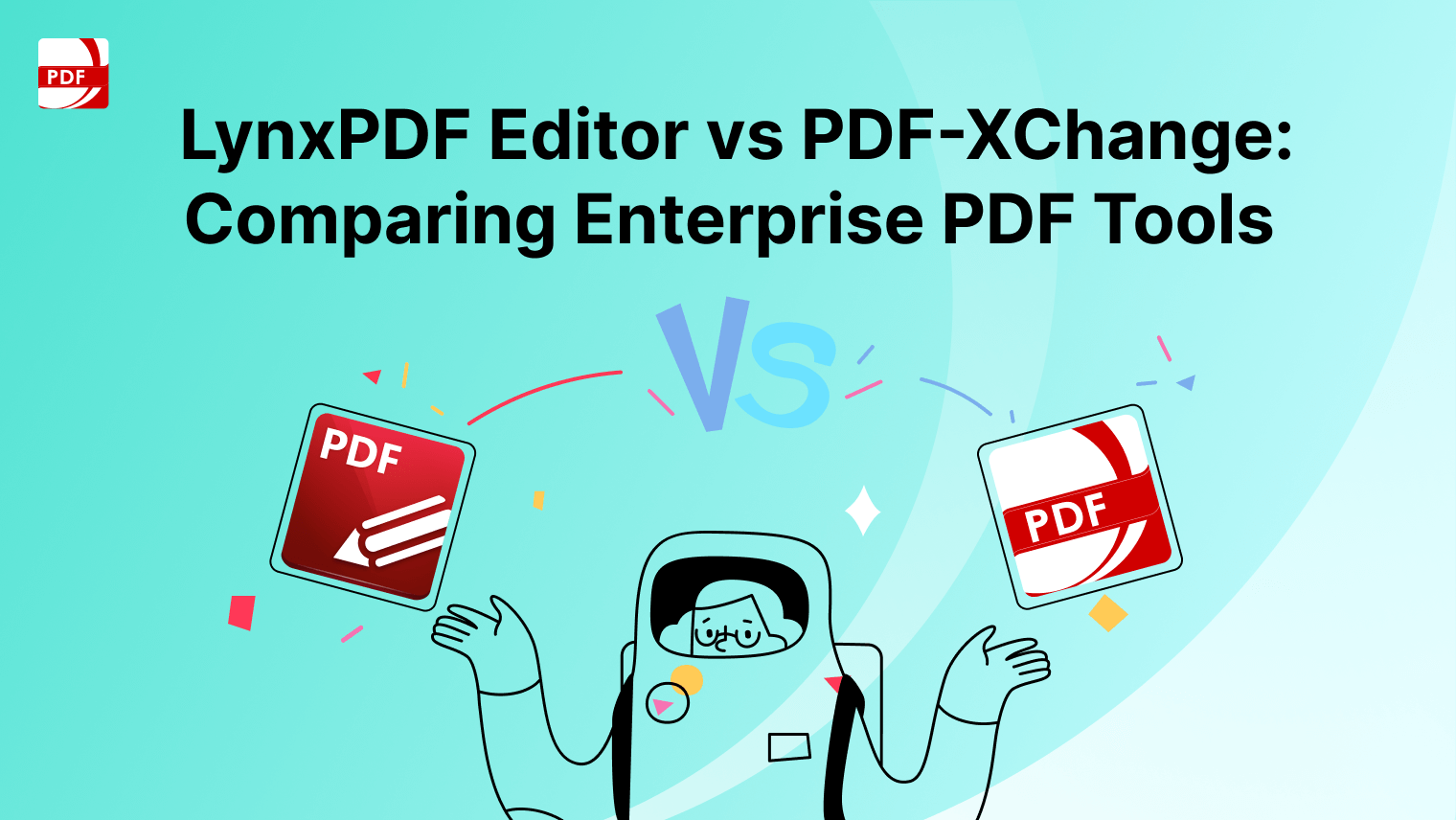Converting Microsoft Office documents to PDFs is a vital digital skill. This guide simplifies the process, highlighting how to use Microsoft Office's built-in PDF printer. Follow these simple steps.
This method is perfect for maintaining formatting across Word, Excel, or PowerPoint documents, ensuring easy access and compatibility. Learn to navigate the printer selection, adjust manual settings, and seamlessly transform your Microsoft Office files into versatile PDF documents.
How to Use Microsoft Office to Print to PDF: Windows
Step 1: Open a file
After choosing a file, click on "File".
Step 2: Click on Print
Click on "Print" and click on "Print" again.
Step 3: Open PDF
Click on "Open PDF".
Step 4: Print to PDF
Click on "Destination", choose "Microsoft Print to PDF", and then click on "Print".
How to Use Microsoft Office to Print to PDF: Mac
Step 1: Print
Click on "File" and click on "Print".
Step 2: Choose Type
Click on "Save as PDF...".
Step 3: Save
Click on "Save".
How to Use PDF Reader Pro to Print to PDF: Windows
Step 1: Open Files
Click on "Open Files".
Step 2: Go To Print
Click on "File" and click on "Print".
Step 3: Print to PDF
Click on "Name", choose "Microsoft Print to PDF", and click on "Print".
How to Use PDF Reader Pro to Print to PDF: Mac
Step 1: Image to PDF
Click on "Image to PDF".
Step 2: Save
Click on "Save as PDF".
How to Use Microsoft Office to Print to PDF: Best Practices
To effectively use Microsoft Office for printing to PDF, adhere to these best practices:
-
Choose the Right Printer: In Microsoft Office, select 'Print' and ensure the 'PDF Printer' or a similar virtual printer is chosen from the list of printers. This could be the built-in PDF printer or a third-party software printer.
-
Configure Printer Settings: Adjust manual settings in the print dialog box to suit your document's needs, such as layout or paper size. Remember to check the 'Print to PDF' function in the print window for specific file requirements.
-
Utilize Advanced Options: For detailed control over your PDF output, explore advanced options available in the print dialog box. This is useful for high-quality design files or documents with specific file formats.
-
Ensure Software Compatibility: Verify that your current driver and printer driver are up-to-date, especially if using third-party PDF printers. Regular updates can prevent software conflicts and ensure smooth operation.
-
Save and Rename PDFs Appropriately: When your document is ready, use the 'PDF Option' from the 'FILE' menu. Ensure the file is saved with a clear, identifiable name in the desired location. This step is crucial for file managing and quick access.
-
Check for Errors: Before finalizing, preview the PDF to check for any formatting errors or issues. This can save time and ensure your PDF document meets your expectations.
-
Use PDF Editors for Further Modifications: If additional changes are needed, use a fully-featured PDF editor or a versatile PDF converter to adjust the PDF file after saving it from Microsoft Office.
How to Use Microsoft Office to Print to PDF: Conversation Types
When using Microsoft Office to print to PDF, various types of conversions can be performed to cater to different needs. Here are some of the key types:
-
Text Documents to PDF: Convert Word documents, including reports, letters, and essays, into PDF format. This preserves the formatting and makes the documents suitable for sharing and printing.
-
Excel Spreadsheets to PDF: Transform Excel files, such as financial reports, charts, and data tables, into PDFs to maintain the layout and prevent unauthorized edits.
-
PowerPoint Presentations to PDF: Convert PowerPoint slides into PDFs for secure distribution. This is useful for ensuring that the presentation's format remains consistent across different devices and platforms.
-
Emails to PDF (Outlook): Convert emails and attachments from Outlook into PDF files for archiving or legal compliance purposes.
-
OneNote Sections to PDF: Convert sections or entire notebooks from Microsoft OneNote into PDF format, ideal for creating backups or sharing notes in a universally accessible format.
-
Publisher Documents to PDF: Convert Publisher files like brochures, flyers, and newsletters to PDFs for professional-quality printing and easy distribution.
-
Visio Diagrams to PDF: Convert Visio diagrams and flowcharts to PDF to ensure they can be viewed by users who do not have Visio installed.
How to Use Microsoft Office to Print to PDF: FAQ
Can I print to PDF directly from Microsoft Office applications?
Yes, Microsoft Office applications have a built-in Print to PDF function, allowing users to convert documents into PDF format directly from the Print dialog box.
Do I need a specific PDF printer driver to print PDF files from Office?
Most modern versions of Office come with a built-in PDF printer, eliminating the need for third-party PDF drivers.
How do I select the PDF option in the Print window?
In the Print dialog box, select 'Microsoft Print to PDF' or a similar option from the list of printers in the dropdown menu.
Is it possible to print to PDF over a network printer?
Yes, as long as the network printer supports PDF printing and is set as the default printer or selected from the list of printers.
Can I adjust manual settings when printing a document to PDF?
Yes, you can access advanced options and manual settings in the Print to PDF dialog box to customize the output, like file size or quality.
What if the Print to PDF option isn't available in my Office application?
Ensure that the built-in PDF printer driver is installed correctly. If missing, you might need to reinstall Microsoft Print or use third-party software.
Are PDF files created from Office applications compatible with all PDF editors?
Yes, PDFs created from Office are standard files and should be compatible with various PDF editors and readers like Adobe Acrobat.
How do I convert design files or complex file formats to PDF in Office?
Use the Print to PDF function, ensuring that all elements of your design or complex file formats are captured accurately in the PDF.
Learn How to Use Microsoft Office to Print to PDF
Efficiently converting documents to PDFs in Microsoft Office, enhanced by the built-in PDF printer, is crucial for modern digital documentation. This crucial feature, easily accessed through the Print dialog box, simplifies turning various file formats into PDF files, accommodating everything from design files to email PDFs.
While Microsoft Office offers this functionality through simple steps, using PDF Reader Pro can be even easier and more user-friendly, especially for those needing advanced options or managing a diverse range of documents. This adaptability makes PDF Reader Pro a preferable choice for many, from casual users to professionals seeking a seamless document conversion experience. It also serves as a versatile PDF converter.


